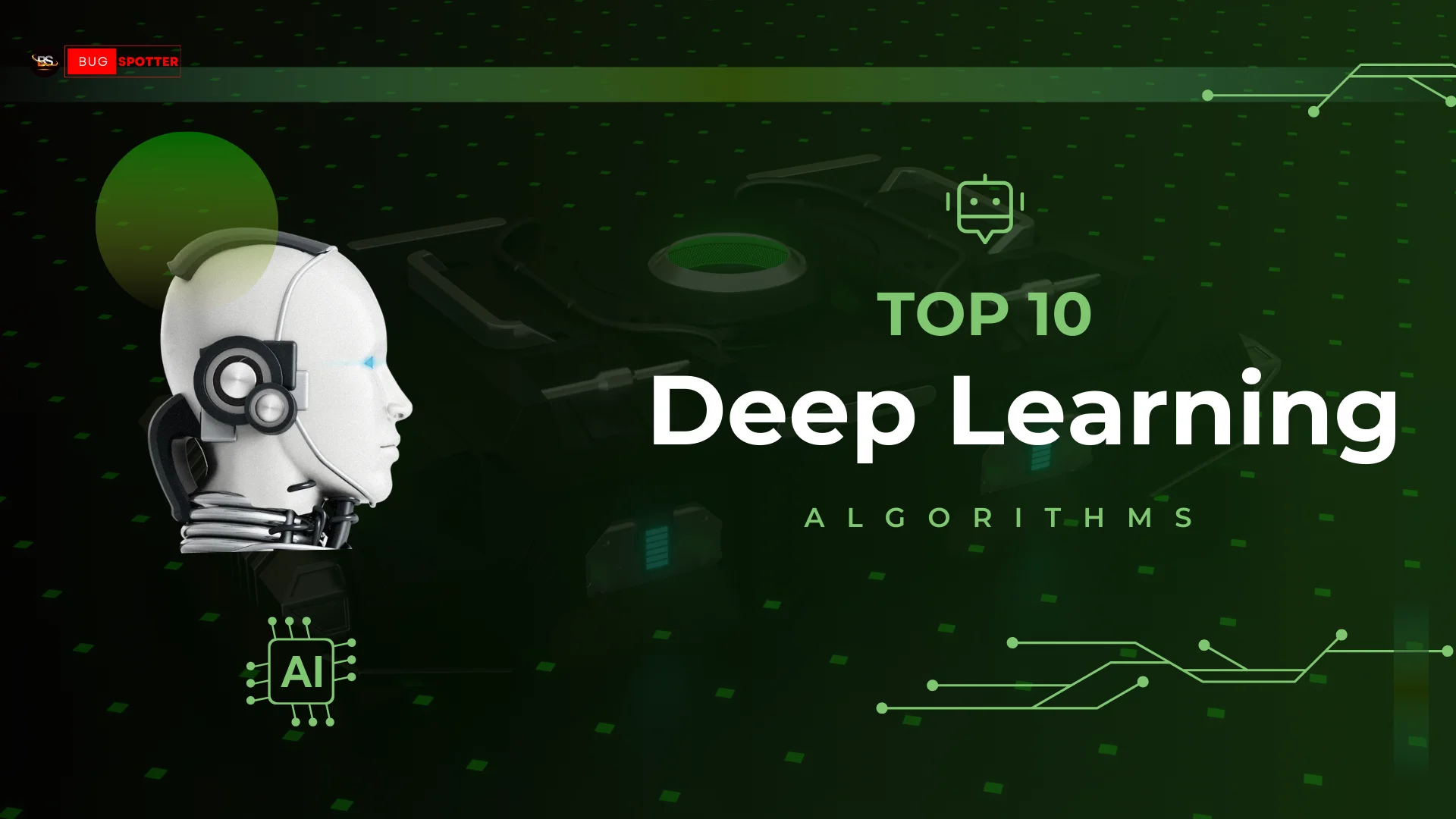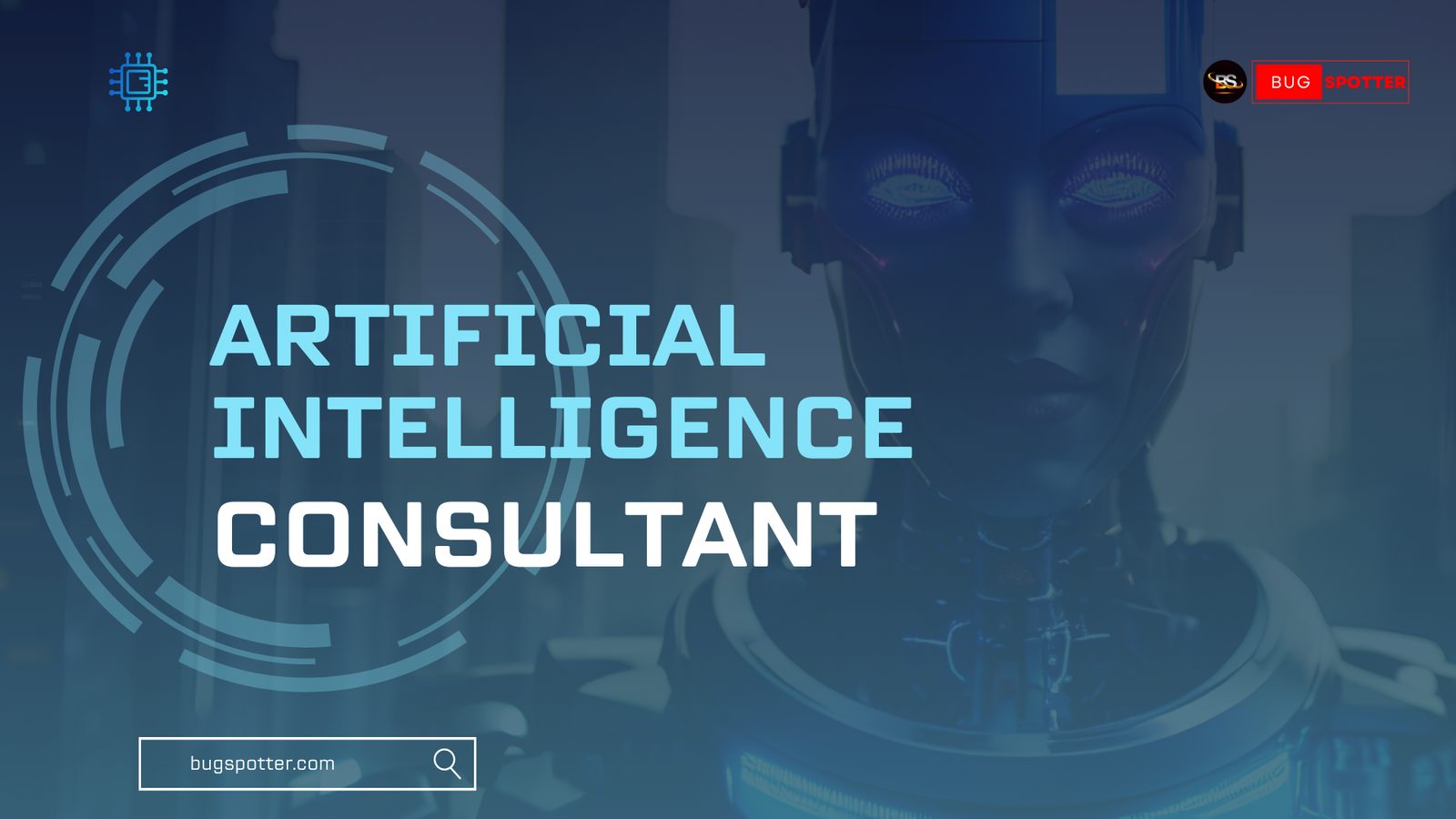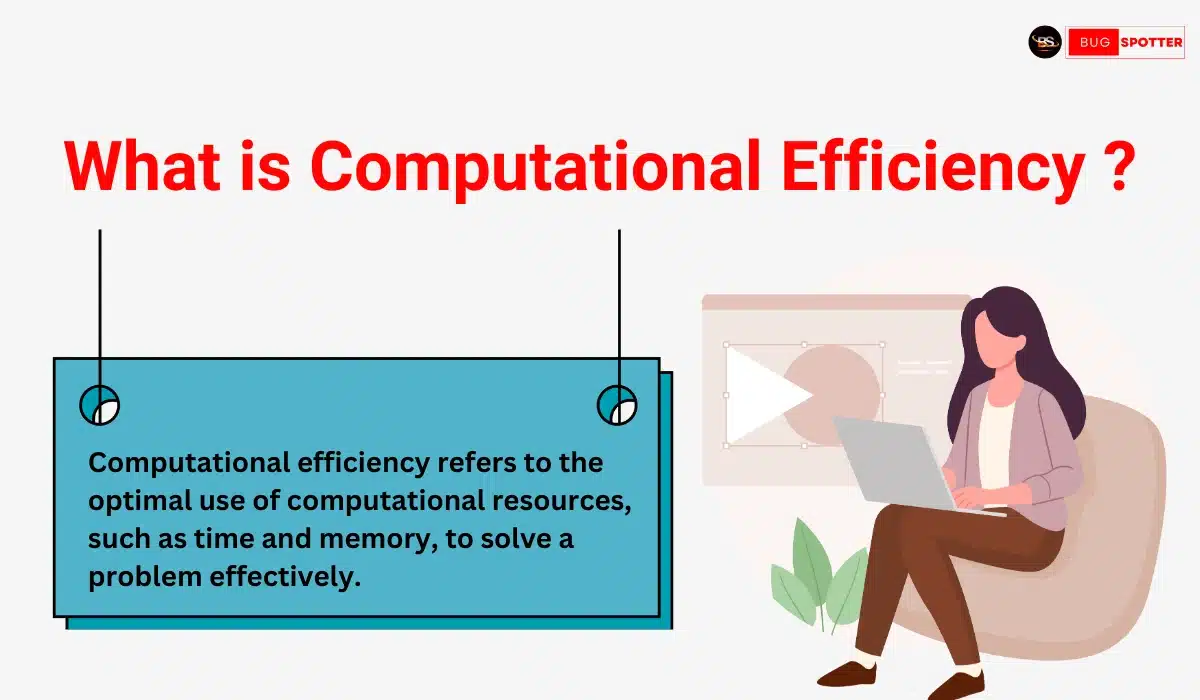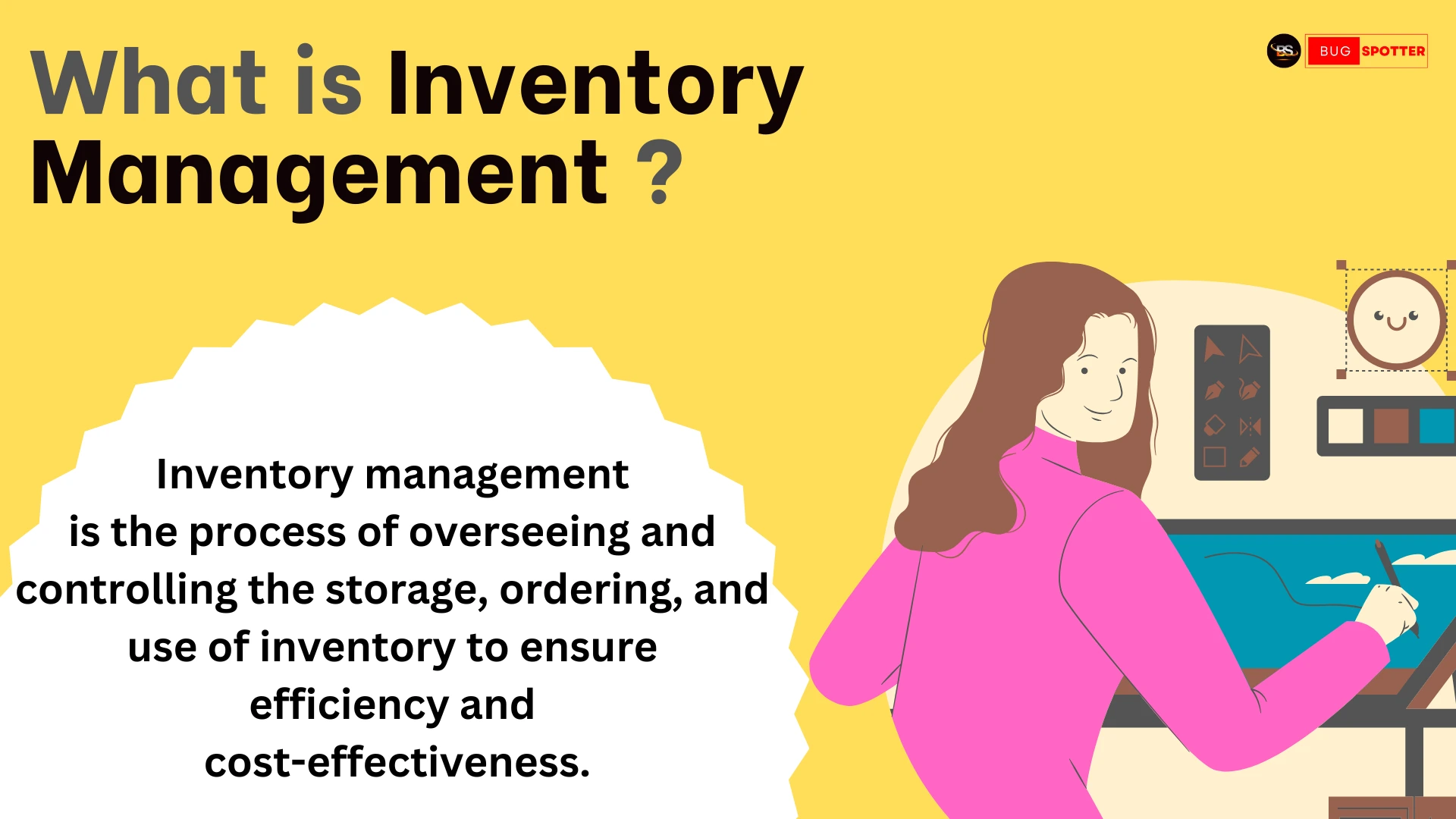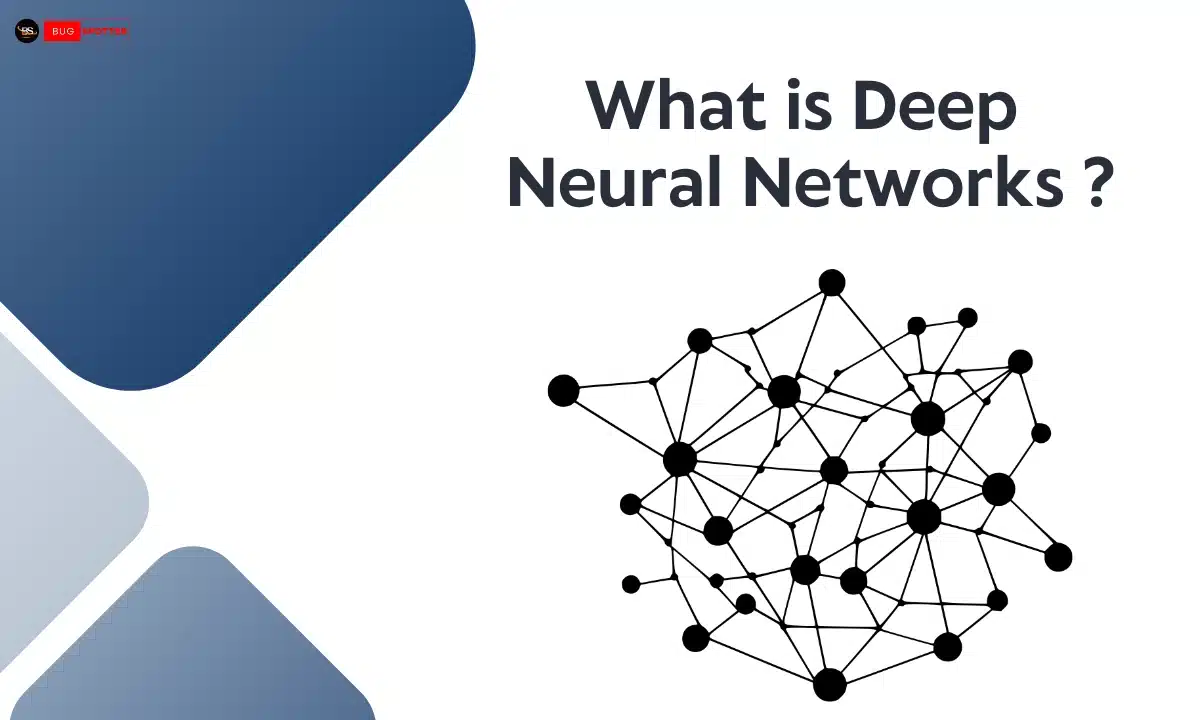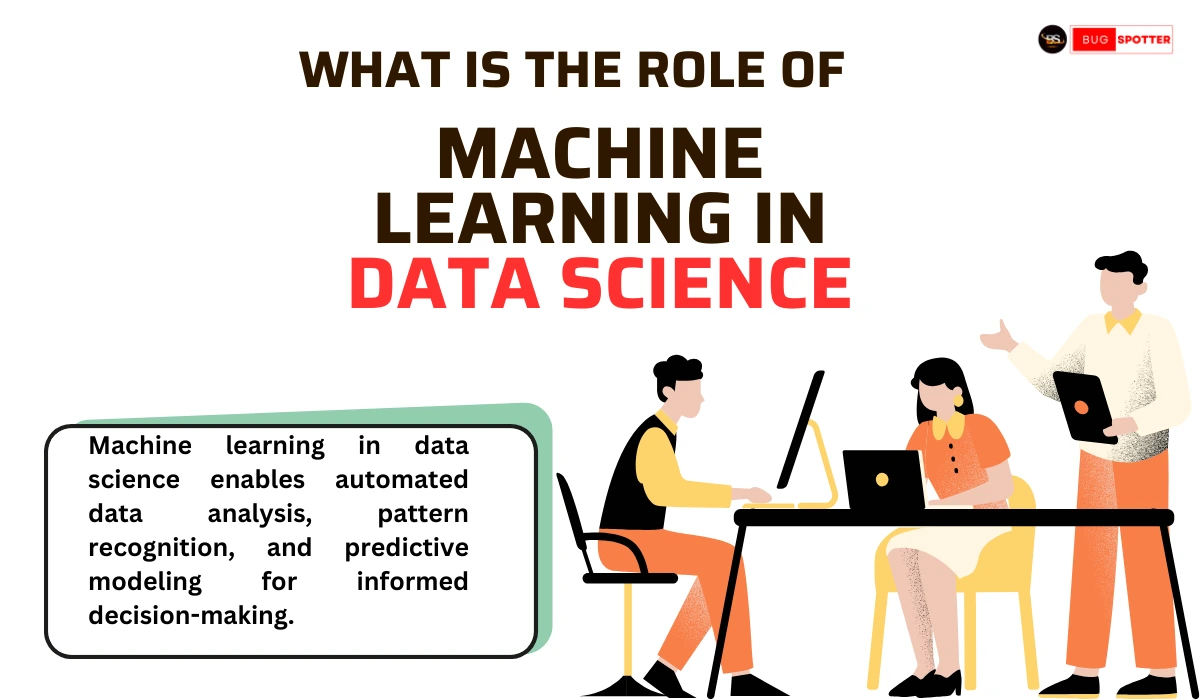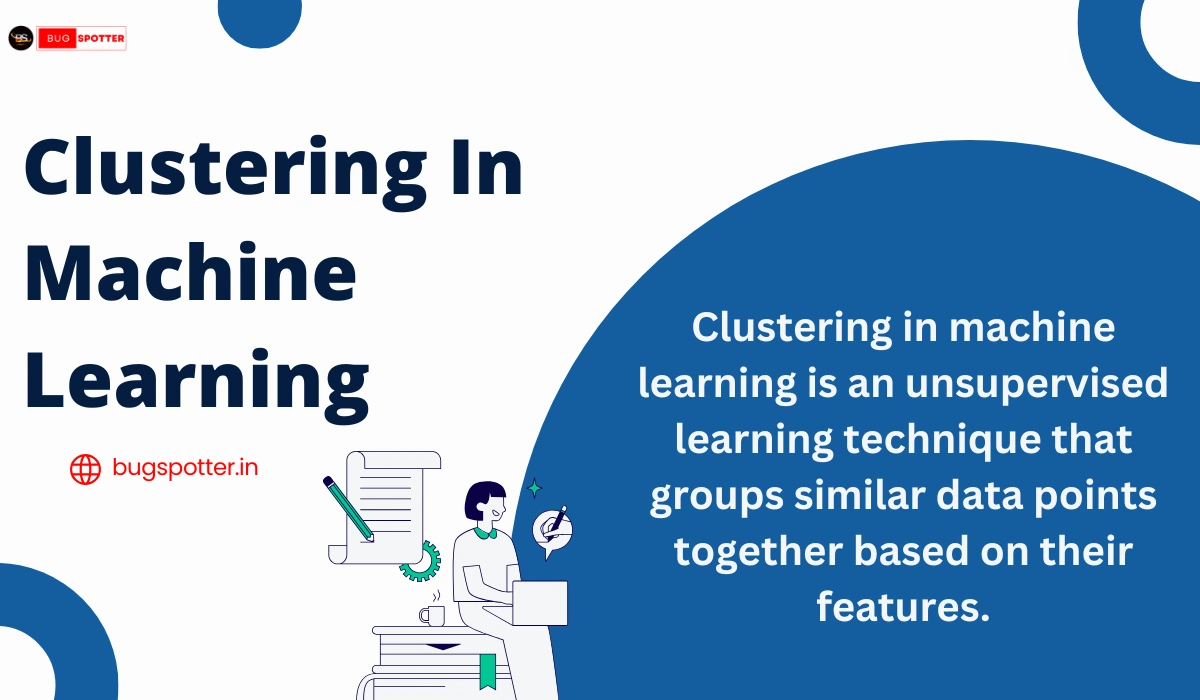Data Science Interview Questions for Wipro
Table of Contents
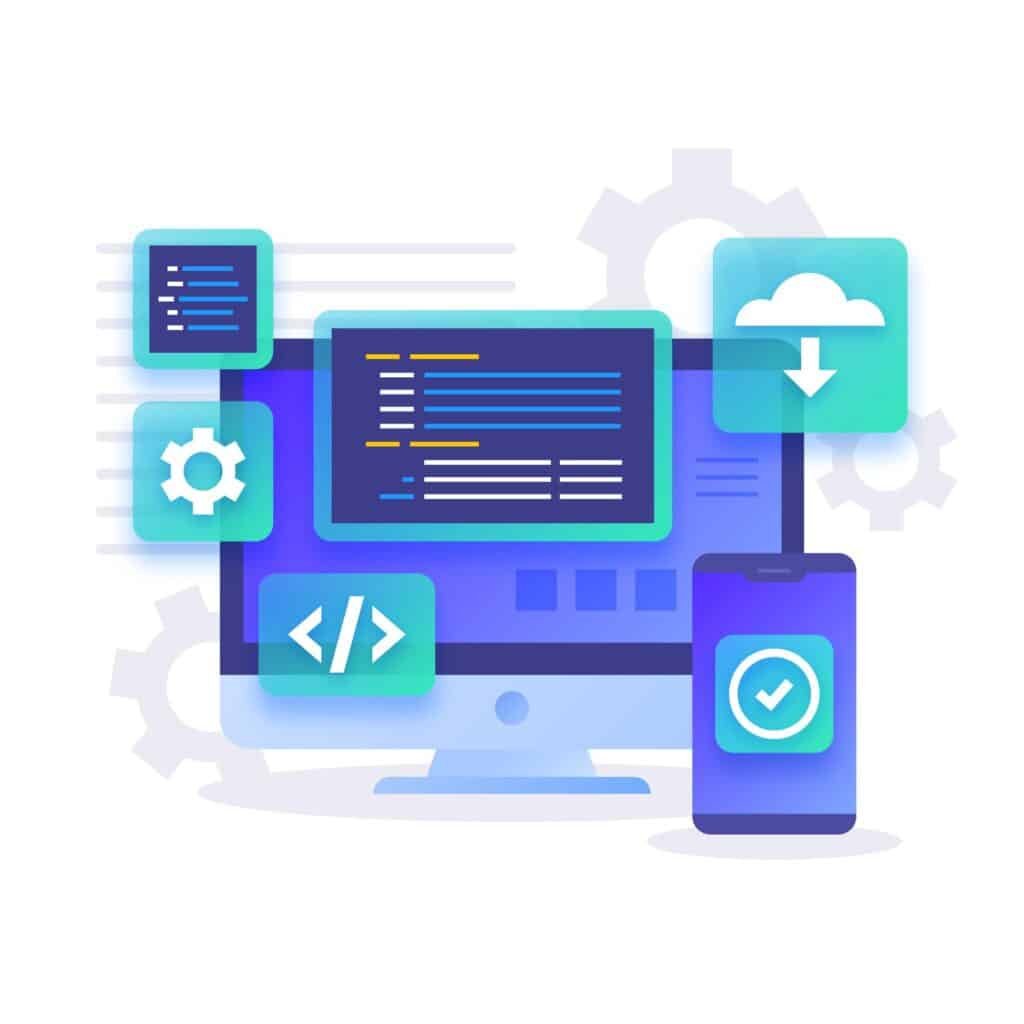
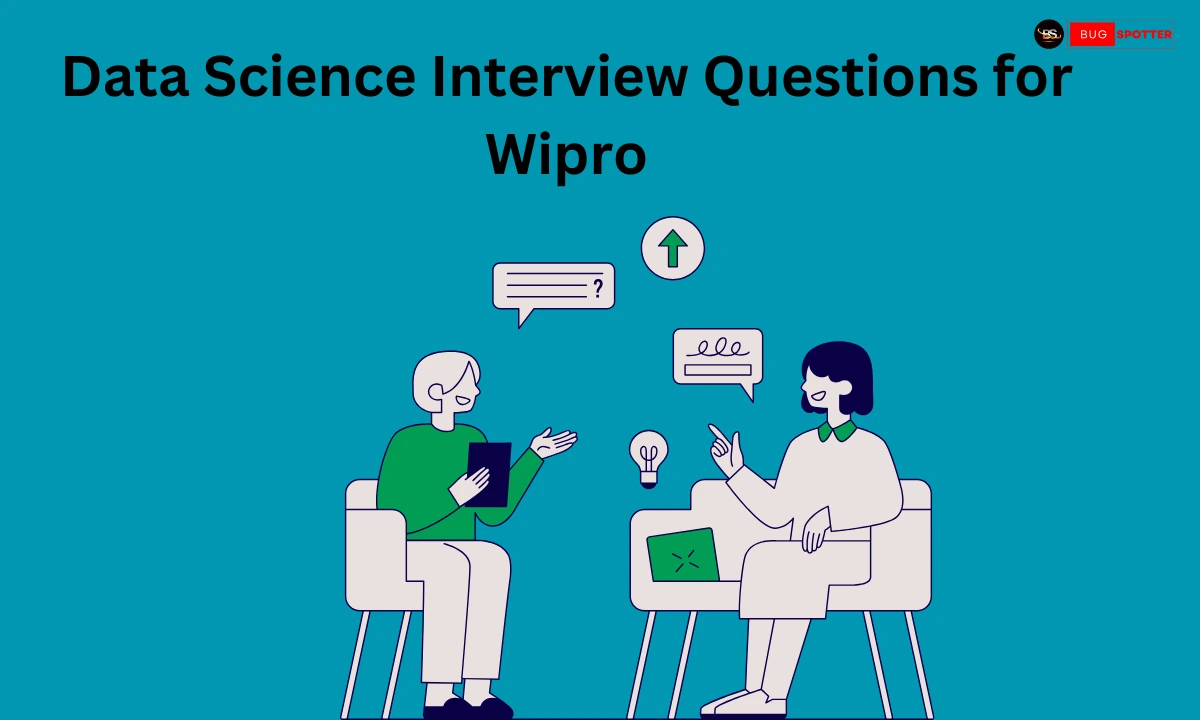
Data Science Questions
1.What is data science?
Data science is an interdisciplinary field that uses scientific methods algorithms and systems to extract knowledge and insights from structured and unstructured data It combines techniques from statistics computer science and domain expertise to analyze data and inform decision-making.
2.What are the main steps in the data science process?
The main steps in the data science process typically include problem definition data collection data cleaning and preprocessing exploratory data analysis feature engineering modeling evaluation and deployment Each step is crucial for building a successful data-driven solution.
3.What is exploratory data analysis (EDA)?
Exploratory data analysis is an approach to analyzing data sets to summarize their main characteristics often using visual methods It helps identify patterns spot anomalies test hypotheses and check assumptions before applying modeling techniques.
4.What is the difference between structured and unstructured data?
Structured data is highly organized and easily searchable in fixed fields within a record or file examples include databases and spreadsheets Unstructured data lacks a predefined format making it more challenging to collect analyze and process examples include text images videos and social media posts.
5.What is a data pipeline?
A data pipeline is a series of data processing steps that involve collecting processing and storing data from various sources to make it available for analysis or reporting It automates the flow of data and ensures data quality throughout the process.
6.What is the role of a data scientist?
A data scientist analyzes complex data sets to inform business decisions They use statistical methods machine learning algorithms and data visualization techniques to interpret data patterns and communicate findings to stakeholders.
7.What is machine learning?
Machine learning is a subset of artificial intelligence that focuses on developing algorithms that enable computers to learn from and make predictions based on data without explicit programming It involves training models on data to identify patterns and make predictions.
8.What is the difference between supervised and unsupervised learning?
Supervised learning uses labeled data to train models for predicting outcomes while unsupervised learning finds hidden patterns or intrinsic structures in unlabeled data Supervised learning tasks include classification and regression whereas unsupervised tasks include clustering and association.
9.What are some common machine learning algorithms?
Common machine learning algorithms include linear regression logistic regression decision trees random forests support vector machines k-means clustering and neural networks Each algorithm has its own strengths and is suited for different types of tasks.
10.What is a confusion matrix?
A confusion matrix is a table used to evaluate the performance of a classification model It summarizes the true positives false positives true negatives and false negatives allowing for the calculation of metrics like accuracy precision recall and F1 score.
11.What is feature engineering, and why is it important?
Feature engineering involves creating new input features from existing data to improve model performance It is important because the right features can significantly enhance a model’s ability to learn and generalize from the data.
12.What are outliers, and how do you handle them?
Outliers are data points that differ significantly from other observations They can indicate measurement errors or variability in data To handle outliers you can remove them transform them or use robust statistical methods that minimize their impact.
13.What is data visualization, and why is it essential?
Data visualization is the graphical representation of data and information It is essential because it helps to communicate complex data insights clearly and effectively allowing stakeholders to understand trends patterns and anomalies quickly.
14.What is the purpose of a hypothesis test?
A hypothesis test evaluates assumptions about a population using sample data It helps determine whether there is enough statistical evidence to support a specific hypothesis about the population parameters.
15.What is linear regression, and when would you use it?
Linear regression is a statistical method used to model the relationship between a dependent variable and one or more independent variables It is used when the relationship is expected to be linear and helps in predicting outcomes.
16.What is cross-validation, and why is it important?
Cross-validation is a technique used to assess the performance of a model by splitting the data into training and validation sets It is important because it helps to detect overfitting and provides a more reliable estimate of model performance on unseen data.
17.What is the difference between precision and recall?
Precision measures the accuracy of positive predictions while recall measures the ability of a model to find all relevant instances Precision is the ratio of true positives to the sum of true positives and false positives Recall is the ratio of true positives to the sum of true positives and false negatives.
18.What is a decision tree, and how does it work?
A decision tree is a flowchart-like structure where each internal node represents a decision based on a feature and each leaf node represents an outcome It is used for classification and regression tasks by recursively splitting data to create branches based on feature values.
19.What is k-means clustering?
K-means clustering is an unsupervised learning algorithm used to partition data into k distinct clusters based on feature similarity It assigns each data point to the nearest cluster center and iteratively updates the cluster centers until convergence.
20.What are the differences between batch processing and stream processing?
Batch processing involves processing large volumes of data at once typically stored in a database or file system It is suited for tasks with large datasets and predefined time intervals Stream processing involves continuously processing data in real time as it arrives making it ideal for applications like monitoring and analytics.
21.What is a neural network?
A neural network is a computational model inspired by the way biological neural networks in the human brain process information It consists of interconnected layers of nodes or neurons that transform input data into output predictions through weighted connections and activation functions.
22.What is the role of a data engineer?
A data engineer is responsible for building and maintaining the architecture and infrastructure for collecting storing and processing data They ensure data quality and availability for data scientists and analysts to perform their analyses.
23.What is natural language processing (NLP)?
Natural language processing is a field of artificial intelligence that focuses on the interaction between computers and human language It enables machines to understand interpret and respond to human language in a valuable way commonly used in applications like chatbots sentiment analysis and translation.
24.What is time series analysis?
Time series analysis involves analyzing data points collected over time to identify trends seasonal patterns and cyclical behaviors It is commonly used for forecasting future values based on historical data and is crucial in fields like finance and economics.
25.What are some common tools and technologies used in data science?
Common tools and technologies in data science include programming languages like Python and R libraries such as Pandas NumPy and scikit-learn for data manipulation and analysis visualization tools like Matplotlib and Seaborn databases like SQL and NoSQL systems cloud platforms like AWS and Azure for scalable data storage and processing frameworks like Apache Spark and TensorFlow for machine learning.
26. What are text mining and its applications?
Text mining involves extracting useful information and insights from unstructured text data Applications include sentiment analysis document clustering topic modeling and information retrieval.
27.. What is a SQL injection attack?
A SQL injection attack is a code injection technique that exploits vulnerabilities in an application’s software by inserting malicious SQL code into a query It can allow attackers to view, modify, or delete database data.
28.. What are some common data sources for data science projects?
Common data sources include relational databases APIs web scraping public datasets from sources like Kaggle or government repositories and real-time data streams from IoT devices or social media platforms.
29.. What is a recommendation system?
A recommendation system is an application that predicts user preferences and suggests products or services based on user behavior It commonly uses collaborative filtering content-based filtering or a hybrid approach.
30.. What is overfitting, and how can you prevent it?
Overfitting occurs when a machine learning model learns the training data too well, capturing noise and outliers rather than the underlying pattern You can prevent it by using techniques like cross-validation regularization reducing model complexity or using more training data.
31. What are the ethical considerations in data science?
Ethical considerations in data science include data privacy and security fairness and bias in algorithms transparency in data usage and the societal impact of data-driven decisions It is essential to address these issues to build trust and ensure responsible use of data.




